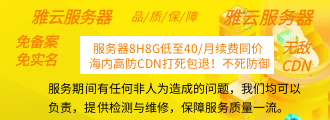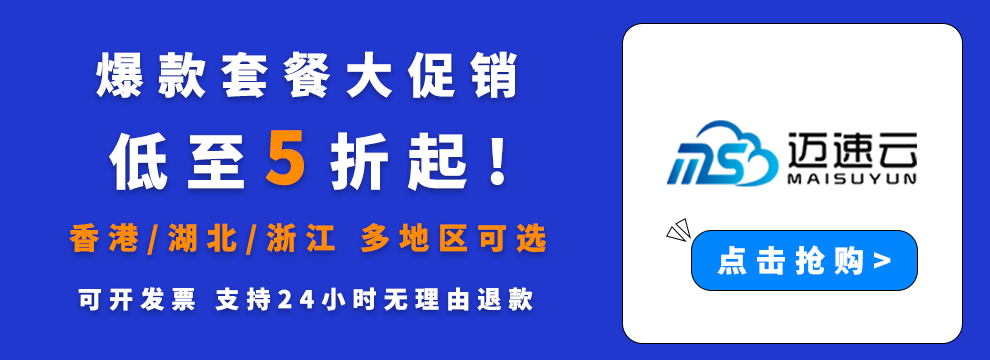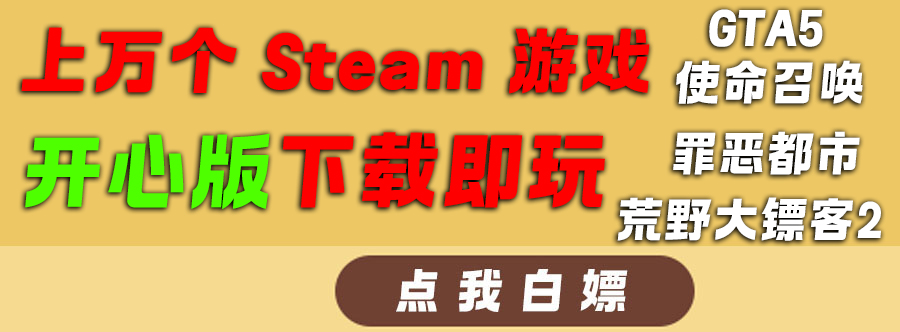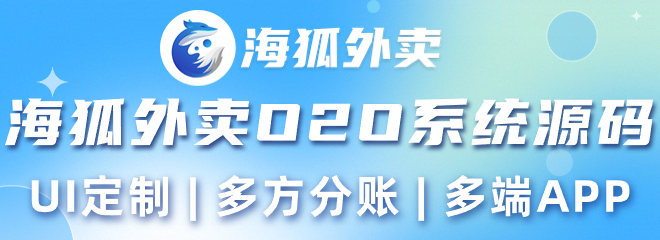本文由 发布,转载请注明出处,如有问题请联系我们! 发布时间: 2021-08-01ajax请求头怎么设置-ajax和http请求的区别
加载中我已经被原丹尼·马尔科夫汉语翻译了。
在本实例教程中,大家将学习培训怎么使用JS开展AJAX启用。
1.建立互动式.迅速动态网站运用的网站开发技术性
AJAX这一专业术语意味着多线程JavaScript和XML。
用在AJAX JS中公布多线程互联网要求获得資源。自然,并不像说白了,資源不限于XML,还能够用于获得JSON.HTML或纯文字。
有很多办法能够开展互联网要求并从服务器读取数据。大家将一一详细介绍。
2.XMLHttpRequest
XMLHttpRequest目标(通称XHR)之前用以从服务器多线程查找数据信息。
应用XML是由于它最先用以查找XML数据信息。如今,它可以用于查找JSON.HTML或纯文字。
实例2.1: GET。
functionsuccess(){vardata=JSON.parse(this.responseText)console.log(data)}functionerror(err){console.log('ErrorOccurred:',err)}varxhr=newXMLHttpRequest()xhr.onload=successxhr.onerror=errorxhr.open("GET","https://jsonplaceholder.typicode.com/posts/1")xhr.send()如同大家所看见的,要传出一个简洁的GET要求,必须2个窃听器来解决要求的完成和不成功。大家还必须启用open()和send()方式。来源于网络服务器的回应储存在responseText自变量中,该自变量应用JSON.parse()变换为一个JavaScript目标。
functionsuccess(){vardata=JSON.parse(this.responseText);console.log(data);}functionerror(err){console.log('ErrorOccurred:',err);}varxhr=newXMLHttpRequest();xhr.onload=success;xhr.onerror=error;xhr.open("POST","https://jsonplaceholder.typicode.com/posts");xhr.setRequestHeader("Content-Type","application/json;charset=UTF-8");xhr.send(JSON.stringify({title:'foo',body:'bar',userId:1}));大家见到POST要求类似GET要求。此外,大家必须用setRequestHeader设定请求头“Content-Type”,并在send方式选用JSON.stringify将JSON行为主体做为字符串数组推送。
2.3 XMLHttpRequest vs Fetch
初期的开发商早已应用XMLHttpRequest很多年来要求数据信息。当代的获取运用程序编写插口容许大家传出类似XMLHttpRequest(XHR)的手机网络要求。关键差别取决于fetch()API应用了Promises,促使API更为简易简约,防止了回调地狱。
3.获得运用程序编写插口
Fetch是一个用以AJAX启用的原生态JavaScript API,大部分电脑浏览器都适用它,如今被普遍应用。
3.1 API的应用。
fetch(url,options).then(response=>{//handleresponsedata}).catch(err=>{//handleerrors});API主要参数
fetch() API有两个主要参数。
url是选填主要参数,它是您要获得的資源的途径。options是一个可选主要参数。不用给予这一主要参数来传出简易的GET要求。method: GET | POST | PUT | DELETE | PATCHheaders: 请求头,如 { “Content-type”: “application/json; charset=UTF-8” }mode: cors | no-cors | same-origin | navigatecache: default | reload | no-cachebody: 一般用以POST要求运用程序编写插口回到一个承诺目标。
fetch()运用程序编写插口回到一个承诺目标。
假如存有网络错误,则将回绝,这会在.catch()块中解决。假如来源于网络服务器的回应含有一切状态码(如200.404.500),则promise将被分析。回应目标会在.then()块中解决。处理错误
一定要注意,针对取得成功的回应,大家期待情况编码为200(一切正常情况),可是即便回应有不正确情况编码(如404(找不到資源)和500(內部服务器错误)),fetch() API的情况也已处理,大家必须在。随后()块。
我们可以在回应目标中见到HTTP情况:
HTTP状态码,比如200。ok –布尔值,假如HTTP情况编码为200-299,则为true。3.3实例:GET。
constgetTodoItem=fetch('https://jsonplaceholder.typicode.com/todos/1').then(response=>response.json()).catch(err=>console.error(err));getTodoItem.then(response=>console.log(response));Response{userId:1,id:1,title:"delectusautautem",completed:false}在上面的编码中有2件事必须留意:
fetch API回到一个promise目标,我们可以将其分派给自变量并稍候实行。大家还务必启用response.json()将相应目标变换为JSON处理错误
使我们看一下当HTTP GET要求抛出去500不正确的时候会产生哪些:
fetch('http://httpstat.us/500')//thisAPIthrow500error.then(response=>()=>{console.log("Insidefirstthenblock");returnresponse.json();}).then(json=>console.log("Insidesecondthenblock",json)).catch(err=>console.error("Insidecatchblock:",err));Insidefirstthenblock➤ⓧInsidecatchblock:SyntaxError:UnexpectedtokenIinJSONatposition4我们可以见到,即便API抛出去500个不正确,它也将最先进到then()块,在那里它没法解析错误JSON并抛出去catch()块捕捉的不正确。
这代表着,如果我们应用fetch()API,大家必须显式解决是这样的不正确
fetch('http://httpstat.us/500').then(handleErrors).then(response=>response.json()).then(response=>console.log(response)).catch(err=>console.error("Insidecatchblock:",err));functionhandleErrors(response){if(!response.ok){//throwerrorbasedoncustomconditionsonresponsethrowError(response.statusText);}returnresponse;}➤Insidecatchblock:Error:InternalServerErrorathandleErrors(Scriptsnippet#9:9)3.3实例:开机自检。
fetch('https://jsonplaceholder.typicode.com/todos',{method:'POST',body:JSON.stringify({completed:true,title:'newtodoitem',userId:1}),headers:{"Content-type":"application/json;charset=UTF-8"}}).then(response=>response.json()).then(json=>console.log(json)).catch(err=>console.log(err))Response➤{completed:true,title:"newtodoitem",userId:1,id:201}以上编码中有二点必须留意
POST要求类似GET要求。大家还必须在fetch() API的第二个主要参数中推送method,body 和headers 特性。大家一定必须应用 JSON.stringify() 将目标转成字符串数组要求body主要参数4.Axios API
Axios API与fetch API十分类似,有一些改善。本人较为喜爱用Axios API而不是fetch() API,缘故如下所示:
为GET 要求给予 axios.get(),为 POST 要求给予 axios.post()等给予不一样的方式,那样使人们的编码更简约。将回应编码(比如404.500)视作能够在catch()块中解决的不正确,因而大家不用显式解决这种不正确。它给予了与IE11等旧电脑浏览器的向后兼容模式它将回应做为JSON目标回到,因而大家不用开展一切分析4.1实例:GET。
//在chrome控制面板中引进脚本制作的方式varscript=document.createElement('script');script.type='text/javascript';script.src='https://unpkg.com/axios/dist/axios.min.js';document.head.appendChild(script);axios.get('https://jsonplaceholder.typicode.com/todos/1').then(response=>console.log(response.data)).catch(err=>console.error(err));Response{userId:1,id:1,title:"delectusautautem",completed:false}能够见到,大家立即应用response来获得回应数据信息。并不像fetch() API,沒有数据信息的分析目标。
处理错误
axios.get('http://httpstat.us/500').then(response=>console.log(response.data)).catch(err=>console.error("Insidecatchblock:",err));Insidecatchblock:Error:NetworkError如大家所闻,catch()块也捕捉到了500个不正确。与fetch() API不一样,大家务必显式地解决他们。
4.2实例:开机自检。
axios.post('https://jsonplaceholder.typicode.com/todos',{completed:true,title:'newtodoitem',userId:1}).then(response=>console.log(response.data)).catch(err=>console.log(err)){completed:true,title:"newtodoitem",userId:1,id:201}大家见到POST方式十分短,能够同时传送要求体主要参数,这与fetch()API不一样。









